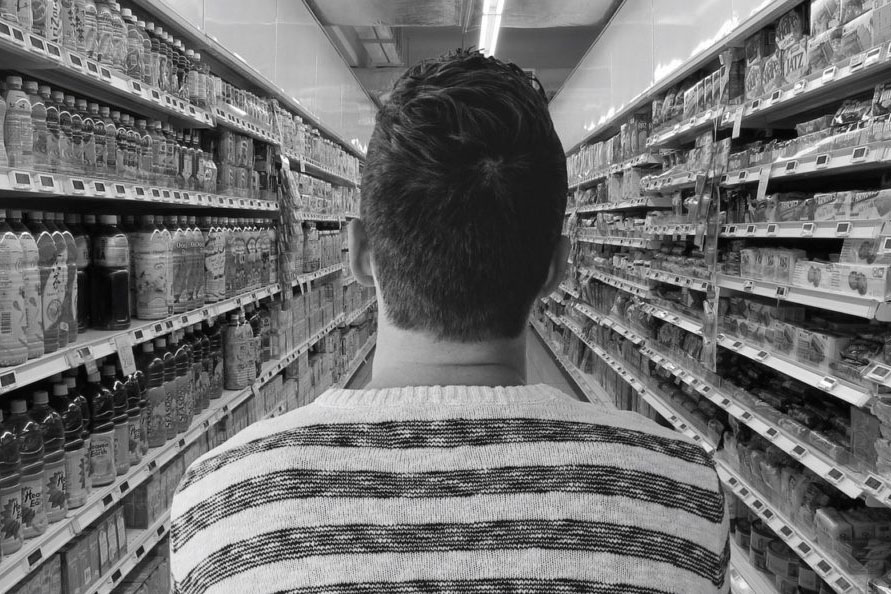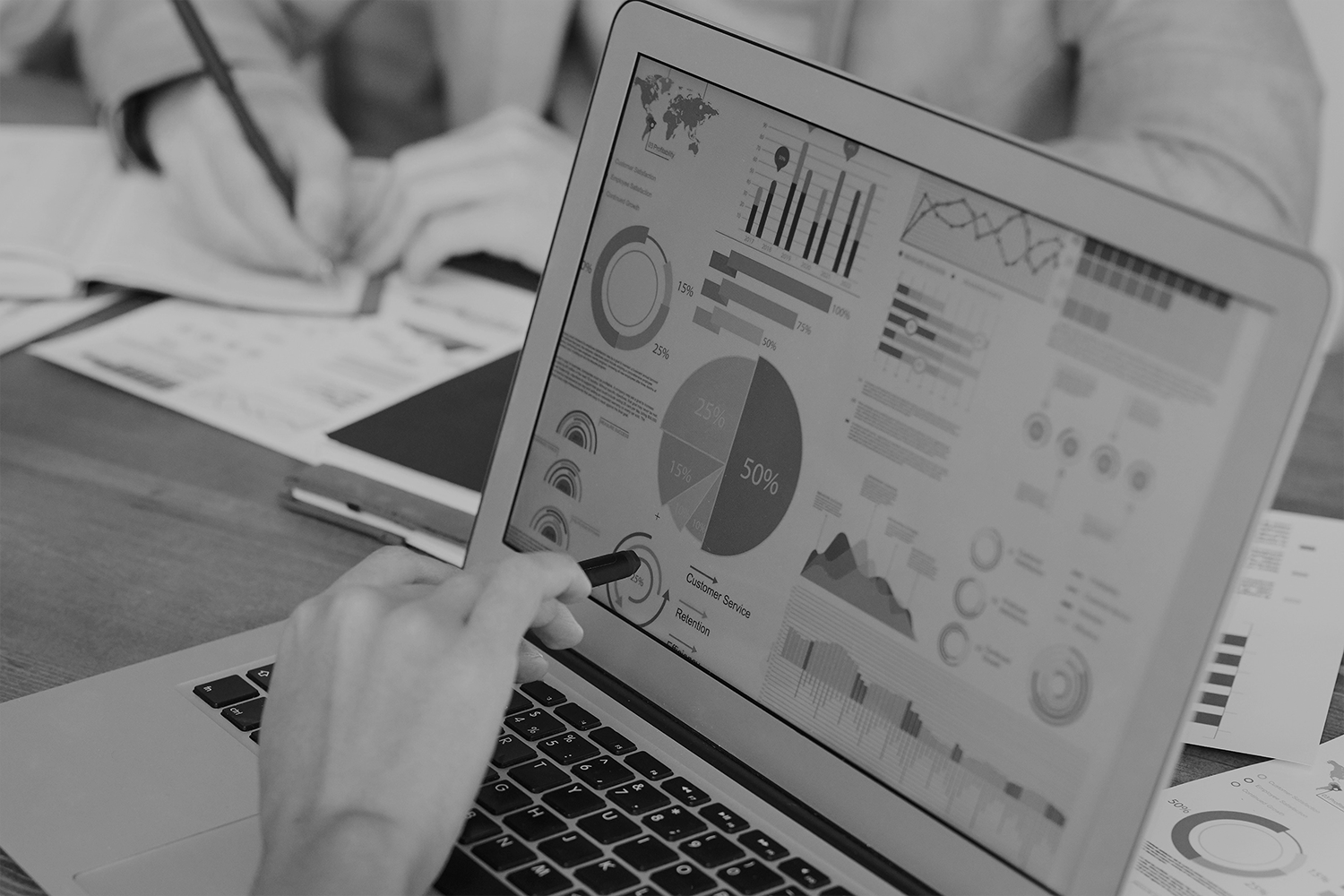Have you noticed any changes at your local mall or grocery store? Things are changing. Let’s look closely.
Currently, retailers and grocers are responding to the challenge of changing customer expectations. Shopping habits have shifted dramatically in recent years, driven primarily by rising costs and a surge in online ordering. Consumers are aiming to eat healthier, look better, and spend less, all while expecting to shop across digital and physical omni-channel touchpoints seamlessly. When “nearly 60 percent of consumers are looking for ways to save money,” according to McKinsey & Company, many are turning to e-commerce for the convenience it offers—particularly time savings, delivery, and ease of price comparisons.
To combat these challenges, successful retailers are aiming to deliver unified brand experiences no matter the channel. With projections pointing to digital grocery sales accounting for 19% of all US e-commerce sales by 2026 and US in-store sales also estimated to reach $923 billion by 2026, grocers and retailers are leaning more heavily into seamless and personalized shopping experiences to customers on whatever channels they prefer.
The eagle-eyed shopper is likely to see the following technologies in and around your local shop or store.
Sensors and RFID tracking devices
Tracking devices represent a wide range of technologies, including Internet of Things (IoT) devices, RFID tags, GPS sensors, and more. Their primary purpose is to locate items. From cross-country pallet shipments in transit to on-the-shelf products, these sensors are designed to tell workers where in the store, or world, there products are.
These technologies work: one report found tracking technologies helped improve inventory accuracy to as high as 98%. With these technologies enabled, store associates can better give customers accurate information about what’s in stock and where it’s located. Earlier in the supply chain, geofencing—which uses RFID and GPS technology—can alert your grocery operation when a shipment leaves the factory or warehouse, enabling you to act swiftly if delays occur.
Digital signage
Compelling digital displays that showcase products, deliver targeted promotions, and create engaging shopping experiences keep patrons coming back for more. Up to 76% of customers enter a store because of its signs, and 42% of retail customers say they’d prefer to shop at stores with video displays. Electronic shelf labels (ESLs) are digital screens with IoT-capabilities that are designed to draw-in customers, as well as make it easier for employees to track and display inventory.
But digital signage does more than attract customers. Digital signage makes it easier for leadership to track inventory and display re-supply reminders to on-the-floor employees via subtle color changes or reminders. Additionally, digital signage makes it much easier for leadership to track and change item prices, compared to physical tags.
In-store mobile apps
To keep loyal customers returning week after week, retailers and grocers are exploring companion apps. When implemented strategically, grocers can use companion apps to increase customer loyalty and create new streams of revenue. One multi-industry e-commerce study from SimplicityDX estimated companies spent an average of $9 per newly acquired customer in 2013; in 2022, that amount rose to $29.
Some big-box grocers and retailers have added new functionalities to their companion apps to augment the in-store experience—including features such as scan-to-purchase, digital coupons, item lookup, financial support, and GPS maps. These apps make the in-store experience frictionless, fast, and cost effective—naturally drawing shoppers back to a store. And it’s much cheaper to sell to existing customers, rather than work to find new ones.
AI-powered smartcarts
AI-powered smart shopping carts offer a personalized, interactive, and effortless in-store experience that can translate to larger basket sizes and faster checkouts for grocery store owners. Integrated with a digital screen, cameras, and sensors, these self-service carts help customers seamlessly pay and checkout directly on the cart, access personalized offers, and manage shopping lists.
According to Ayden, US retailers lost approximately $37.7 billion in 2018 from cart abandonments, citing customer complaints of long lines.1 When long checkout lines can be the difference between a day of successful sales or abandoned carts, retailers and grocers can help make those long lines disappear.
In-store data capture devices
In-store data capture devices use a series of IoT-connected smart cameras, motion sensors, and other technologies to record customer movement and dwell times throughout your store. These tools enable your store to turn everyday customer behavior into valuable insights for customer support and merchandising.
Sensor devices enable leadership to access quantifiable, actionable insights into hard-to-track customer behaviors, the same way you likely use your POS and e-commerce systems to track sales. Data-driven decision making is king—one cross-industry study from McKinsey & Company found that businesses that use data as a basis for decision making are 1.5x more likely to report revenue growth of 10% or more over three years. Retail and grocery leadership can use new data streams to gain quantifiable insights into customer behavior to refine in-store decision-making, including store layouts, customer engagements, and sustainable practices.
What should we cover next?
In-depth industry knowledge is an integral part of the work we do.
At Weber Associates, we have more than 30 years of consulting, sales, and marketing experience. Our Fortune 100 clients operate a in a diverse set of industries, including telecom, insurance, and construction and home improvement.
Whether we’re providing insights on the ways new wireless technologies will affect healthcare or selecting color schemes for construction re-brands, we consider industry context to be an important step in our client process. If you’d us to cover a topic related to your industry, let us know which in the comments.


